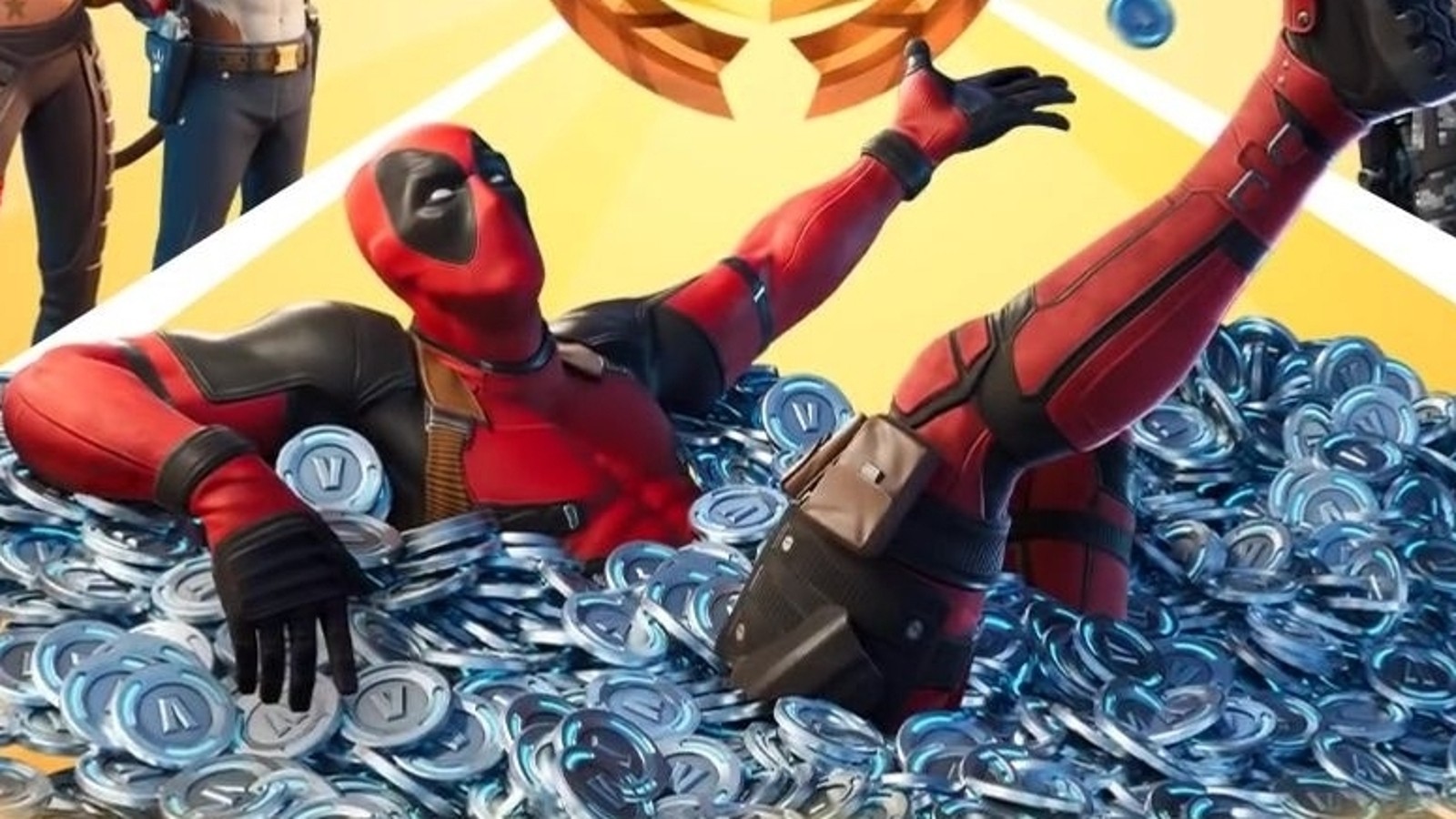By Escapist Staff,Olivia Richman
Copyright escapistmagazine

Fortnite recently hosted the FNCS 2025 Global Championship, a showcase of the most cracked Fortnite trios in the world playing live from France. The tournament absolutely popped off, topping last year’s viewership in every category despite technically having less total airtime. The sudden renewed success of Fortnite esports mirrors the uncanny ability of the game itself to always find a way to return to relevance, no matter how far Fortnite strays from the shooter community’s consciousness. The FNCS is so back? While the FNCS 2025 Global Champions viewership was still well below the extraordinary peak of the viral Fortnite World Cup 2019 finals, which garnered 2.3 million concurrent viewers, this year’s championship still did numbers: it boasted an impressive 954,000 concurrent viewers with a 7.9% increase in total watch time and 25% increase in average viewership compared to the 2024 FNCS Championship according to Esports Charts. The spectacle of the tournament made the rounds on social media, with many celebrating the impressive crowd of around 10,000 fans who attended the tournament in person at the LDLC Arena in Lyon-Décines, France. Attendance was not only strong, but the energy in the arena was also electric. https://twitter.com/malachijb20/status/1964383426829565992 While the organizers of the FNCS should be exceedingly proud of themselves for the success of their event, the boost in popularity speaks to a broader truth about Fortnite and its brand strategy. Some publishers seek to drown out the competition, to become the only game that people play. Games like Call of Duty: Warzone or Marvel Rivals relentlessly push their new content, rebalance their game, and push marketing campaigns in the hope that their player count will never waver — often at the expense of being able to really land a truly compelling content update. Fortnite, on the other hand, plays a longer strategic game when it comes to their role in the shooter industry, picking their moments to emerge from the shadows and bring players back into the fold. Fortnite’s comeback kid mentality Fortnite was arguably the biggest game in the world in late 2018 and 2019. Everyone was playing it, Fortnite dances were going viral online and IRL — hell, even the Boomers knew what Fortnite was. But eventually, like all games, it faded in popularity. And yet, who among us has not found ourselves back on those same servers to give the BR another go, years after its cultural relevance peaked? Fortnite has accepted its role as a cyclical shooter that many shooter fans won’t commit to, but will always come back when there is something cool. Some of this resilience comes from just how unobjectionable Fortnite is. Within a given group of players, oftentimes the game that gets played is the least objectionable, not necessarily any one person’s favorite. Fortnite provides a lot of common ground for players, whether casual or sweaty, questy or competitive, it has a little something for every kind of player. Image by Epic Games But the other component to their cycle of success is cadence. Epic has accepted that their game will go through slower periods, where only hardcore players are enjoying a season. In this time, players outside the core audience will not hear too much about Fortnite on the feed. But before you know it, they add a Japanese-inspired season with swords, and we are all back trying it out. They will go months without releasing any core game modes, then they drop no builds, Fortnite OG, or LEGO Fortnite, and the players come flocking back. Their success isn’t predicated upon the game constantly fighting to be relevant; in fact, you could argue it’s quite the opposite. Because the game doesn’t fight for constant relevancy, the devs can call their shots, and they very often seem to hit them because they are not desperate — their content cadence is sustainable. The addition of No Builds brought a ton of players back who struggled to master the mechanics of building but loved other aspects of the game like the world, movement, and gunplay. Flagship seasons like Chapter 3 Season 1 or Fortnite Season OG saw huge spikes in player count. While the returning players may not play the next couple seasons, who is to say they won’t return to the island again in the future? Of course, this strategy can only work for a game that is as big and profitable as Fortnite. Some games can’t survive sustained dips in player population, but a dip in popularity is not a death knell to the Epic owned title, it’s just a rebuilding season. That is why, among all the games we play, we always eventually find ourselves back on that Battlebus. Epic always finds a way to reintroduce itself and its game in a way that is at least compelling enough to drop in a dozen or two times and experience the latest iteration of a game that, let’s admit it, we have all played and enjoyed at some point. That’s why Fortnite is the shooter genre’s comeback kid.



